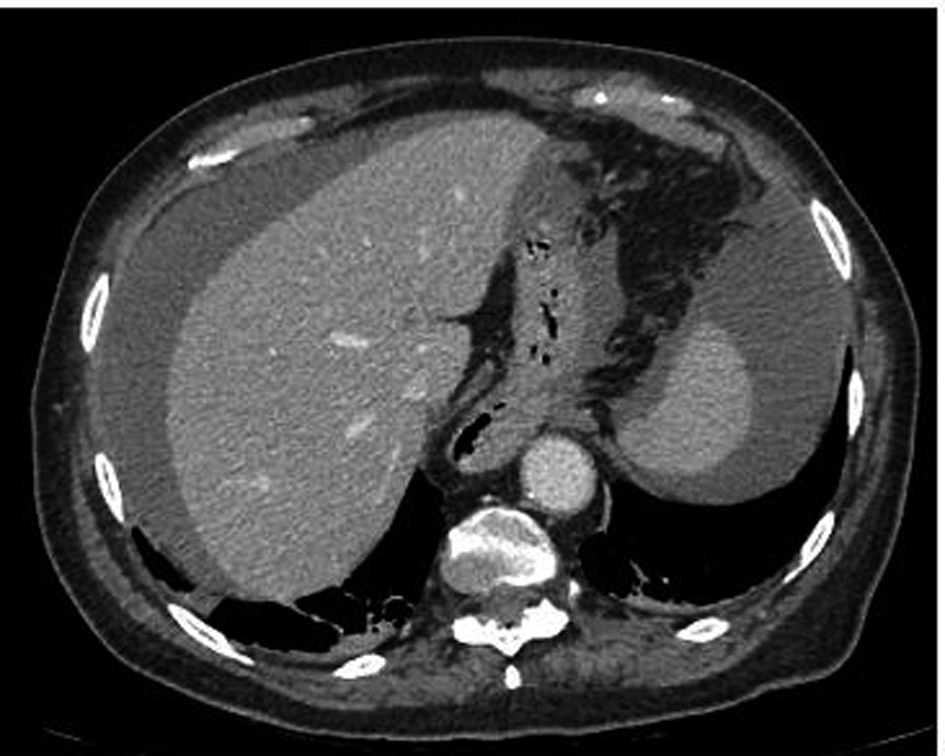
Figure 1. CT abdomen showing blood surrounding liver and spleen.
| World Journal of Nephrology and Urology, ISSN 1927-1239 print, 1927-1247 online, Open Access |
| Article copyright, the authors; Journal compilation copyright, World J Nephrol Urol and Elmer Press Inc |
| Journal website http://www.wjnu.org |
Case Report
Volume 1, Number 1, February 2012, pages 42-45
An Unusual Case of Severe Haemorrhage and Small Bowel Injury Following Percutaneous Suprapubic Catheter Insertion
Figure

Table
| Consider if a SPC is superior to a urethral catheter in each individual patient. |
| Patients need to be consented and provided with written and verbal information. |
| If there is no one skilled to do SPC, then a suprapubic aspiration with 21 Gauge needle can be used to temporarily alleviate symptoms. |
| If the bladder is not filled with at least 300 mls or in spinal cord injury, the patient should have regional or general anaesthetic |
| If the urine is likely to be colonised with bacteria, patients should have prophylactic antibiotics. |
| Closed techniques should only be performed by trained professionals who understand the risks. |
| US should be used to aid SPC insertion and by individuals who are trained and experienced. |
| If there is no previous lower abdominal or pelvic surgery, a closed technique can be used. If the bladder is palpable and that urine can be easily aspirated from the catheter track. |
| If history of lower abdominal surgery or a non-palpable bladder, or obese then an open technique or with imaging should be used to exclude bowel loops. |